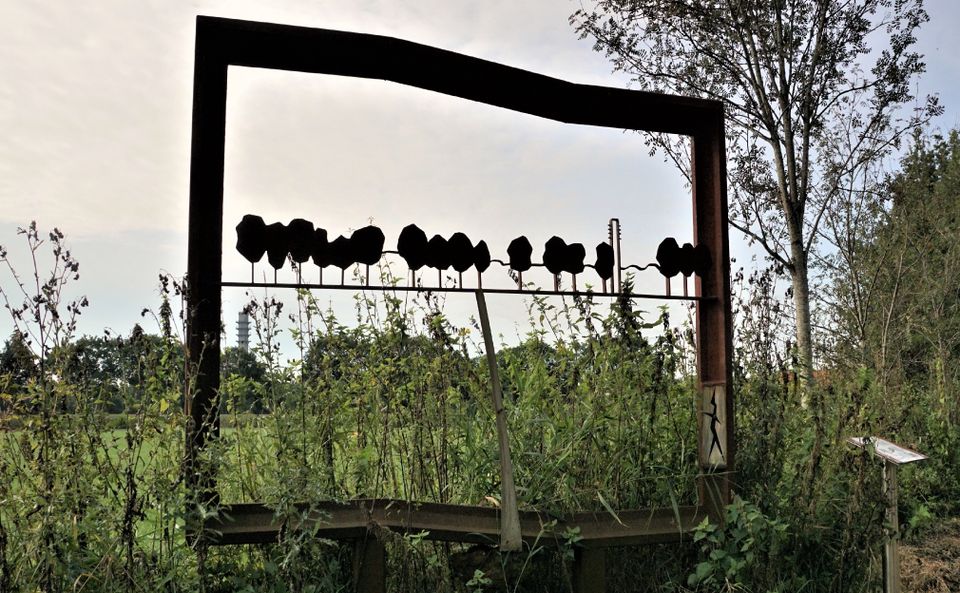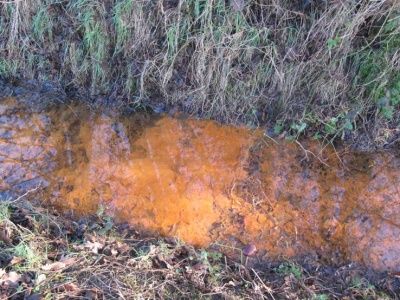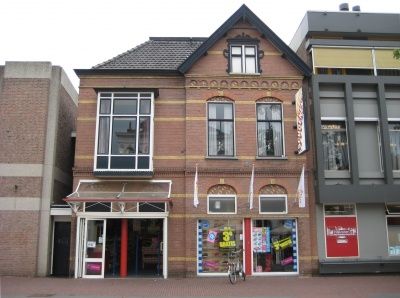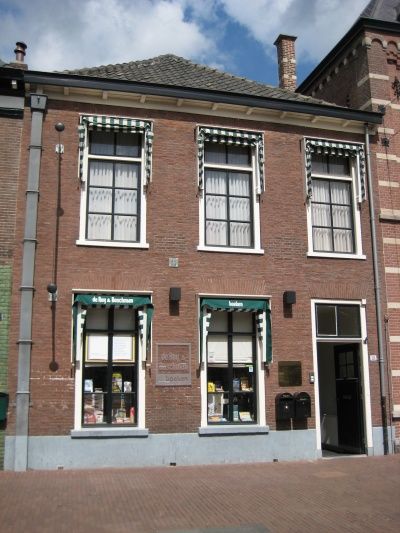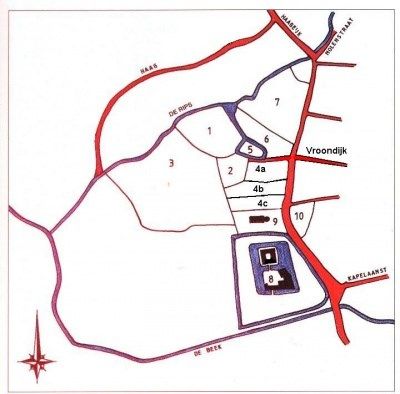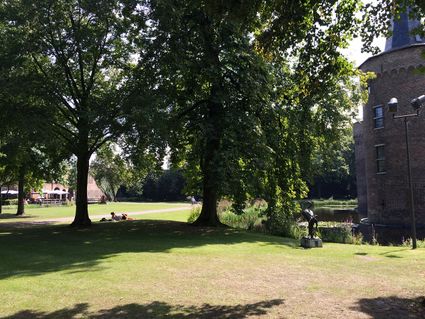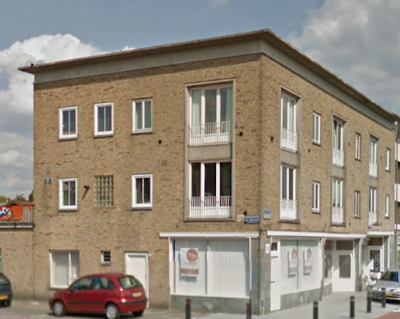Peelrandbreuk bij Renseweg | De Mortel
The subsurface of Gemert-Bakel contains fractures in the earth's crust. The Peelrand fault is the most important of these. Side faults are the Breuk van Gemert, the Breuk van Gemert-Zuid, the Breuk van Handel and the Breuk van Milheeze. Breaks have played an important role in the development of the landscape in this region. High and low, wet and dry, gravel and sand are partly determined by fractures.
Because in most places a fracture in the subsoil is barely visible, you cannot tell where exactly a fracture is present. This is why in Gemert, sight frames have been placed at three locations. A visibility frame indicates the exact location of the fracture.
In the viewing frame, a horizo…
The subsurface of Gemert-Bakel contains fractures in the earth's crust. The Peelrand fault is the most important of these. Side faults are the Breuk van Gemert, the Breuk van Gemert-Zuid, the Breuk van Handel and the Breuk van Milheeze. Breaks have played an important role in the development of the landscape in this region. High and low, wet and dry, gravel and sand are partly determined by fractures.
Because in most places a fracture in the subsoil is barely visible, you cannot tell where exactly a fracture is present. This is why in Gemert, sight frames have been placed at three locations. A visibility frame indicates the exact location of the fracture.
In the viewing frame, a horizon with a silhouette above it is marked horizontally with iron. You have to choose a position before the sight frame such that the horizon and silhouette in the sight frame coincide with the real horizon in the background. The vertical stainless steel strip in the viewing frame then indicates the exact spot where the break runs into the field.
Red in the ditch near Renseweg
In the immediate vicinity of the Peelrand fault and its side faults, groundwater rises to the surface. Because the fault is watertight, groundwater cannot pass the fault. Upward pressure is created, causing water to rise from the subsurface. As a result, we see a narrow strip of wet and sometimes marshy soil along the fault. This phenomenon is called wijst. The water that sometimes comes to the surface from great depths is very iron-rich. The iron in groundwater oxidises when it comes into contact with oxygen. The iron oxide (rust) colours the water brownish-red. In various places in Gemert, the red water in the ditches is clearly recognisable. For example, in the verge ditches of the Renseweg, where the pointing phenomenon at the Breuk van Gemert and the Breuk van Gemert-Zuid, which are very close together here, causes this red water.
